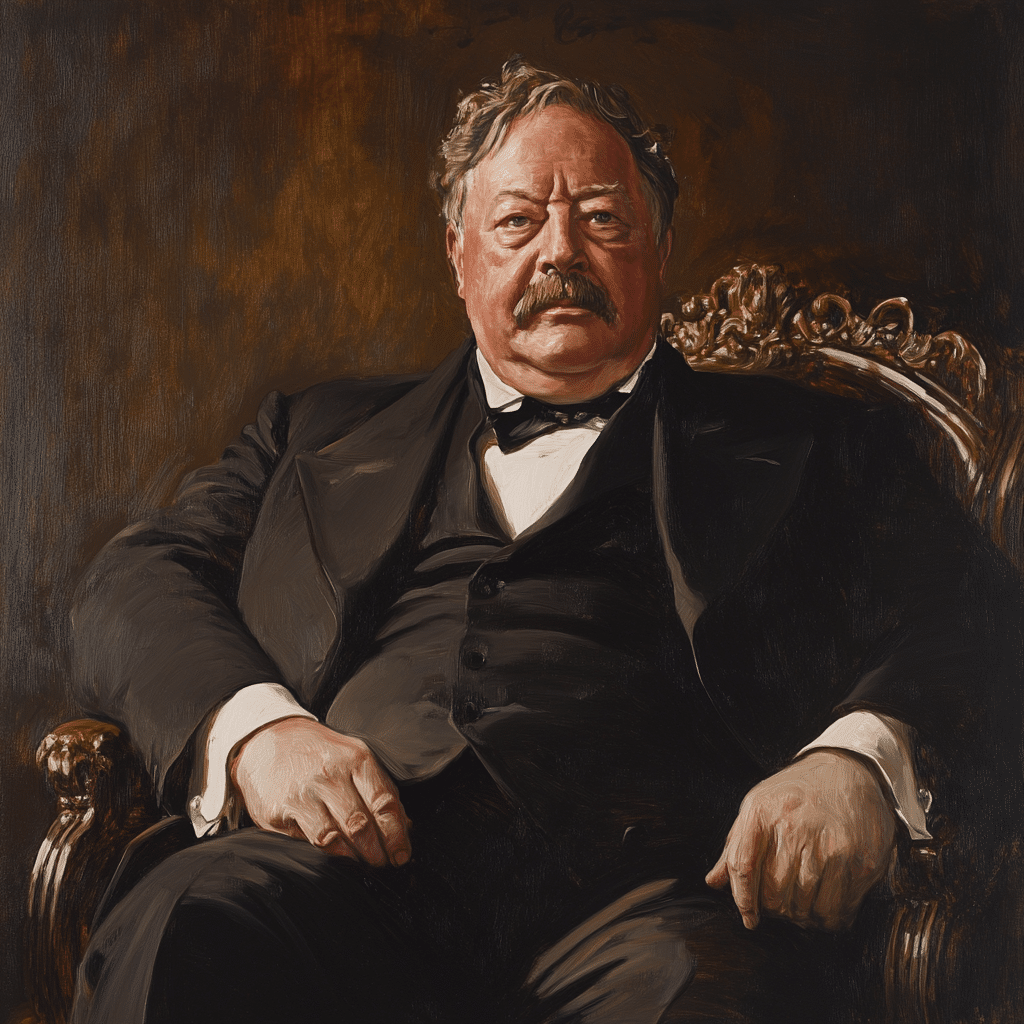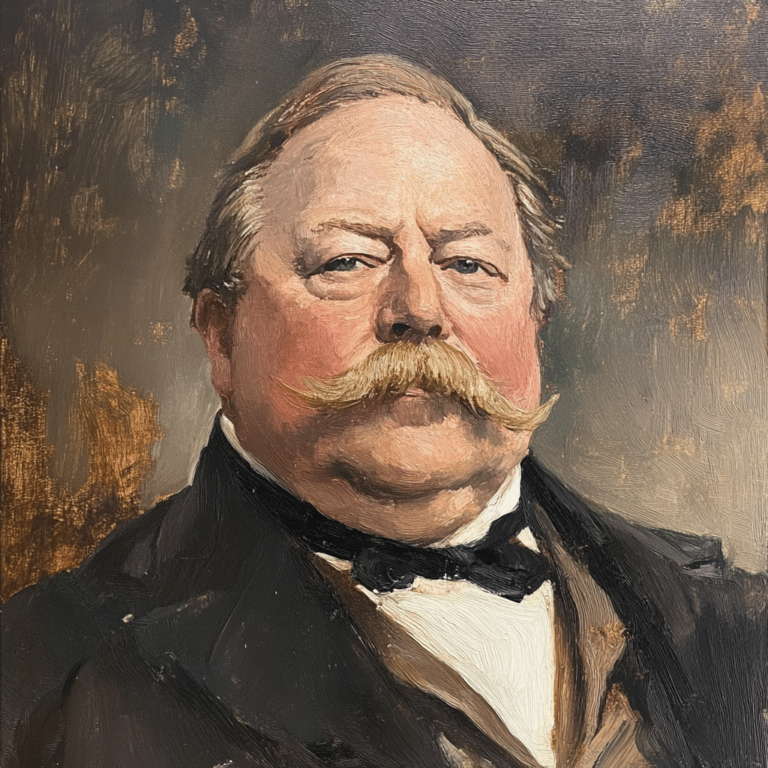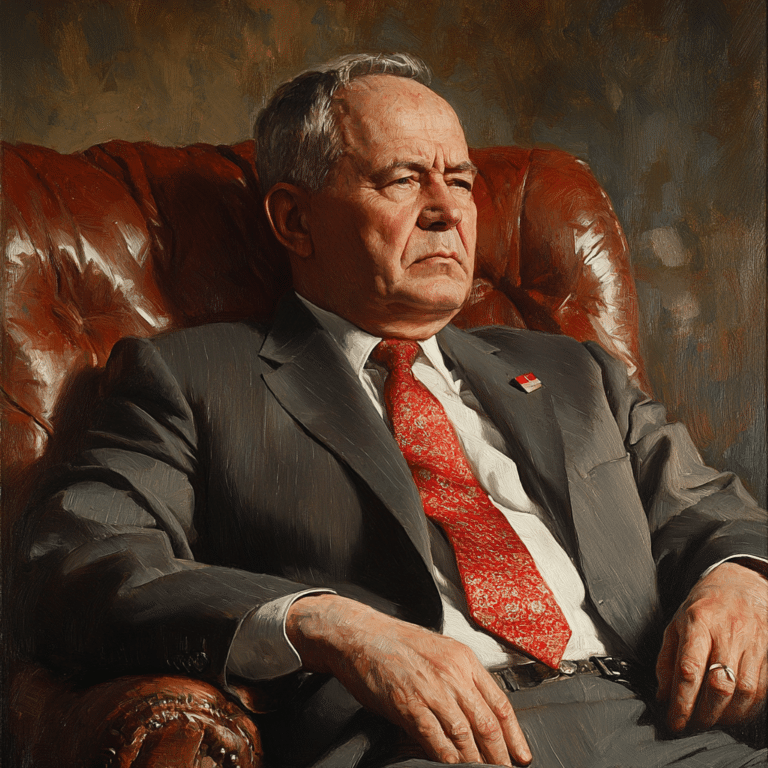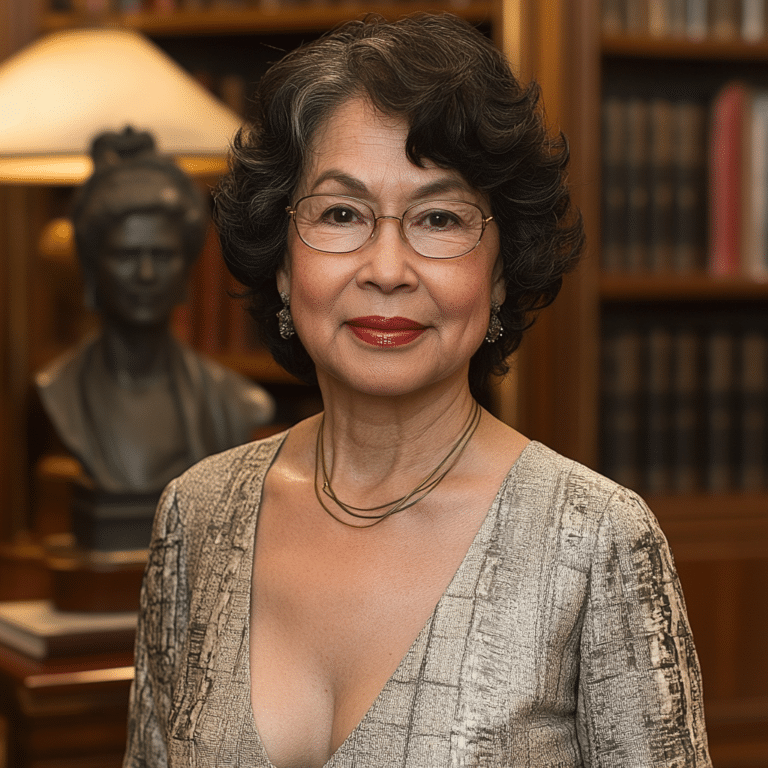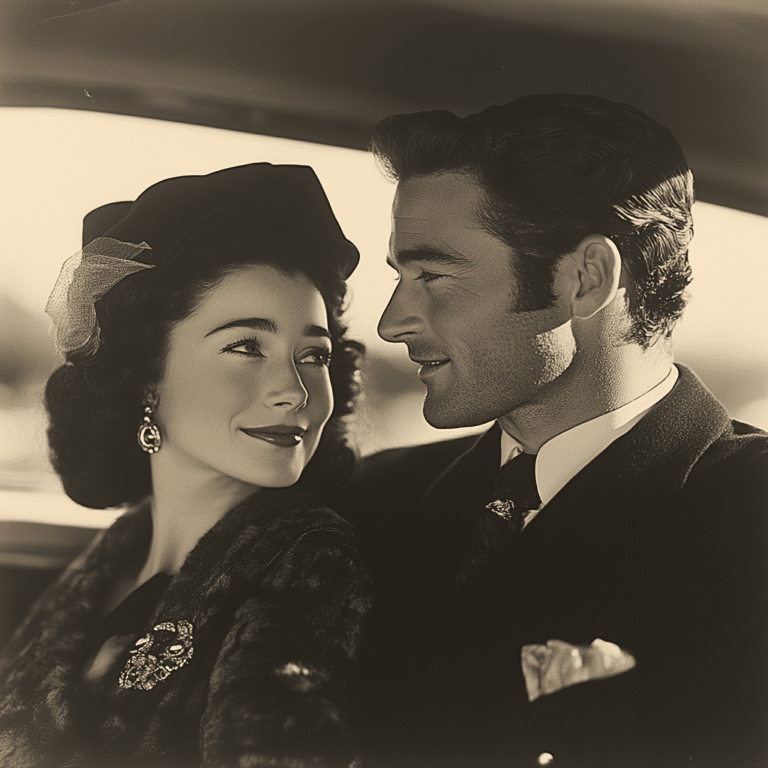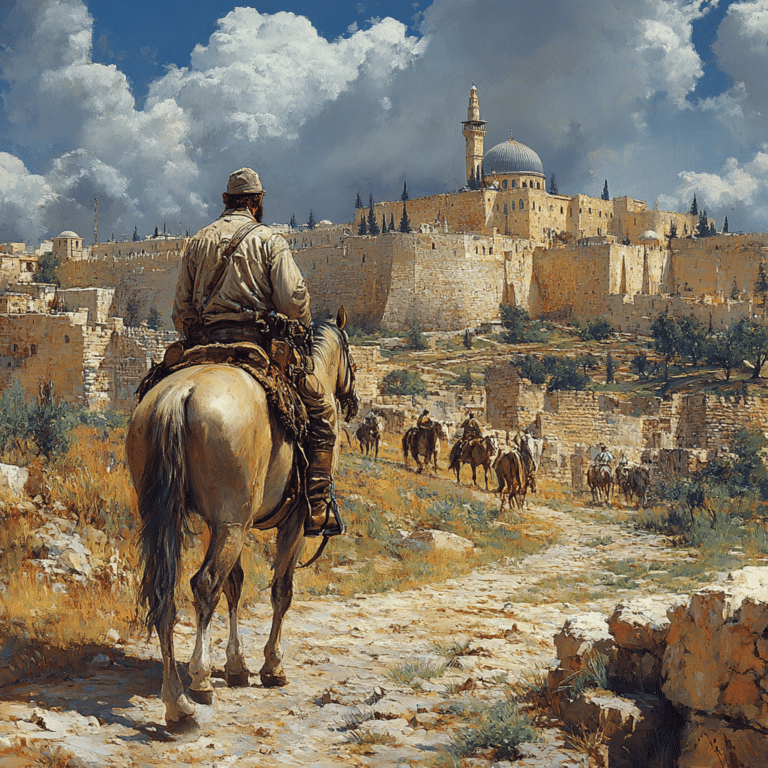William Howard Taft, the 27th president of the United States, often finds himself living in the shadow of more prominent historical figures. Yet, his presidency was marked by significant challenges and unique circumstances that shaped the nation during a critical era. This article explores the remarkable life of William Howard Taft, his presidency, and the lasting influence of his decisions, shedding light on a man whose legacy deserves far more recognition.
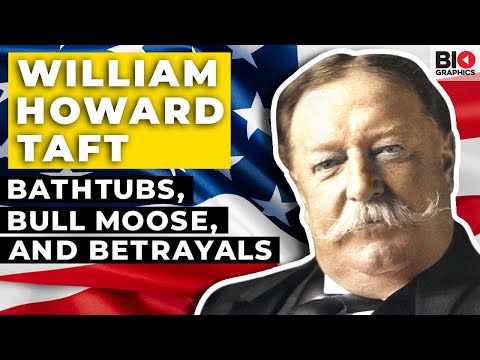
5 Defining Moments in William Howard Taft’s Presidency
1. The Trust-Busting Era
Ah, trust-busting! William Howard Taft is often remembered for his fierce commitment to ending monopolies in American business, and surprise, surprise—he actually surpassed Theodore Roosevelt! Taft’s administration launched more antitrust lawsuits than any before him. This included notable targets like the Standard Oil Company, as he sought to empower consumers and promote competition in a rapidly industrializing nation. His approach marked a dramatic shift from laissez-faire attitudes to proactive government intervention that would set a precedent for future administrations.
2. The Payne-Aldrich Tariff Controversy
Another pivotal moment was the Payne-Aldrich Tariff of 1909, which was meant to lower tariffs but ended up splitting the Republican Party right down the middle. Instead of representing Roosevelt’s progressive ideals, the bill only deepened divisions, alienating many progressive supporters. This misstep reflected the challenges Taft faced in attempting to maintain party unity while navigating complex economic concerns. Call it a stark reminder that decisions made in the name of reform often come with unexpected political consequences.
3. The 1911 Supreme Court Decision Against U.S. Steel
In a decidedly controversial move, Taft’s administration allowed the Supreme Court to challenge the merger of U.S. Steel and Tennessee Coal and Iron Company. This contradicted his earlier assurance to J.P. Morgan, one of the country’s most powerful financiers, that this deal wouldn’t incite legal action. Taft’s change of heart not only weakened his credibility among progressives but also symbolized the tension between his legalistic approach and Roosevelt’s more vigorous leadership style. The fallout shows how intricate and multifaceted presidential decision-making can be.
4. Temperance and Anti-Trust Advocacy
Taft also made waves on the social front, championing the temperance movement. His commitment to reform aligned with influential figures like John Quincy Adams. By navigating various social issues, Taft sought to strike a balance between economic and social reforms, showcasing his multifaceted approach to governance. This dedication to addressing concerns of the early 20th century illustrated a depth often overlooked in Taft’s legacy.
5. Foreign Policy: Dollar Diplomacy
When it comes to foreign policy, Taft’s strategy known as Dollar Diplomacy stands out. He believed in making economic investments in countries over military action—essentially promoting U.S. interests through financial might rather than force. This approach sharply contrasted with the more aggressive tactics seen in subsequent presidencies. Taft’s method of using economic leverage underscores his belief in stability and prosperity as pathways to peace on the international stage.
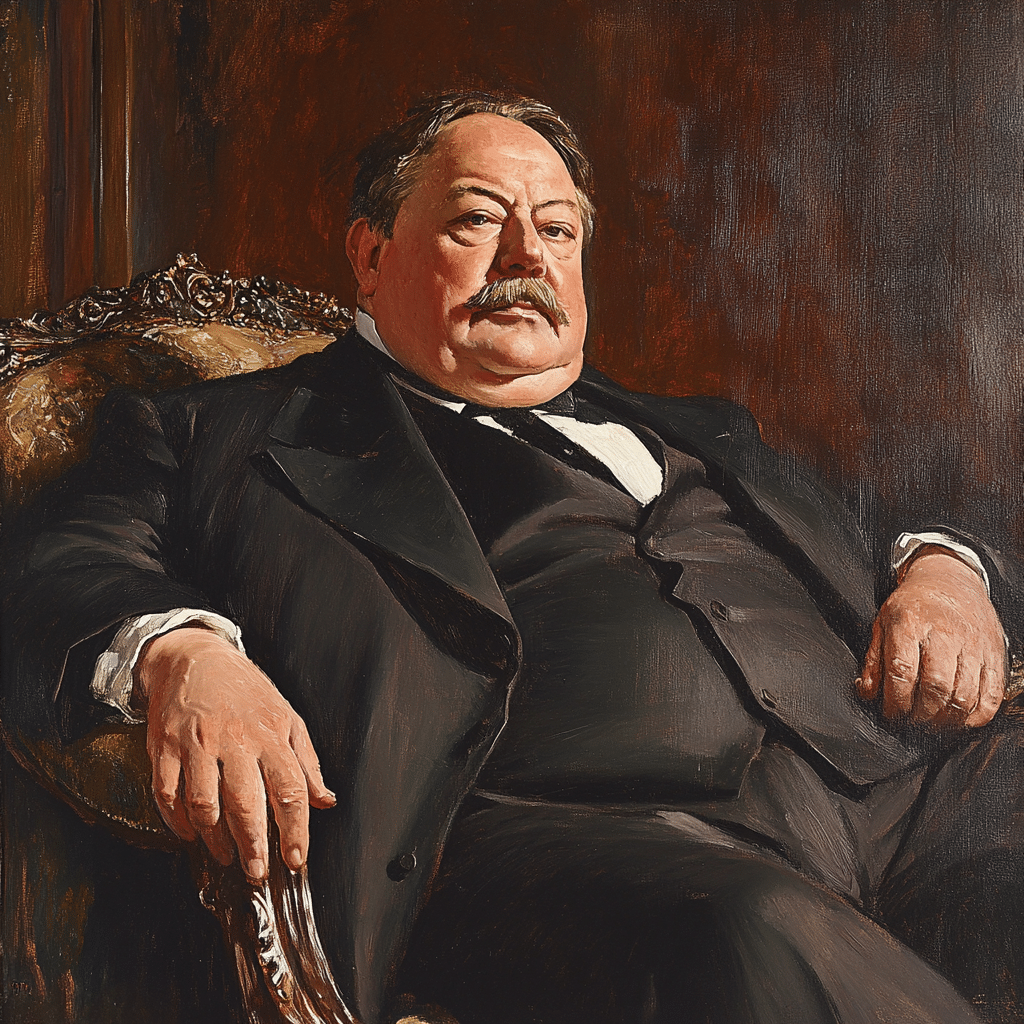
The Legacy of William Howard Taft: A Comparative Analysis with Martin Van Buren and John Quincy Adams
To really appreciate William Howard Taft’s presidency, it helps to compare him with other notable figures like Martin Van Buren and John Quincy Adams. All three faced significant challenges that tested their leadership.
William Howard Taft vs. Martin Van Buren: Economic Crises
Both presidents dealt with their fair share of economic downturns—Van Buren had to tackle the Panic of 1837, while Taft faced issues tied to tariff debates and trust regulations. Their responses demonstrate starkly different political philosophies. Taft’s belief in institutional solutions sharply contrasts with Van Buren’s more laissez-faire attitude. Each leader’s approach reflects the prevailing sentiments and economic realities of their times.
William Howard Taft vs. John Quincy Adams: The Struggles of a Progressive Agenda
As for John Quincy Adams, he had his own struggles in pushing forward an ambitious agenda amid fierce opposition. Taft shared similar challenges; despite several progressive reforms, he remained isolated due to divisions within his party. Both men represent the difficulty of converting visionary ideals into actionable policies, particularly in an era rife with ideological battles.
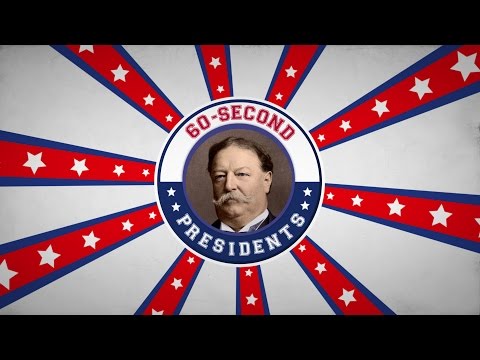
The Role of William Howard Taft Post-Presidency
Now, here’s where Taft’s story takes a fascinating turn—after his presidency, he didn’t just walk away from the spotlight. Instead, he took a seat on the U.S. Supreme Court, ultimately becoming Chief Justice in 1921. This significant post-presidential role allowed him to shape crucial legal cases, touching upon themes such as labor disputes and economic regulation. Taft’s transition from president to Chief Justice is indeed rare, and it highlights his substantial legal acumen and commitment to governance, continuing to influence American society long after his time in office.
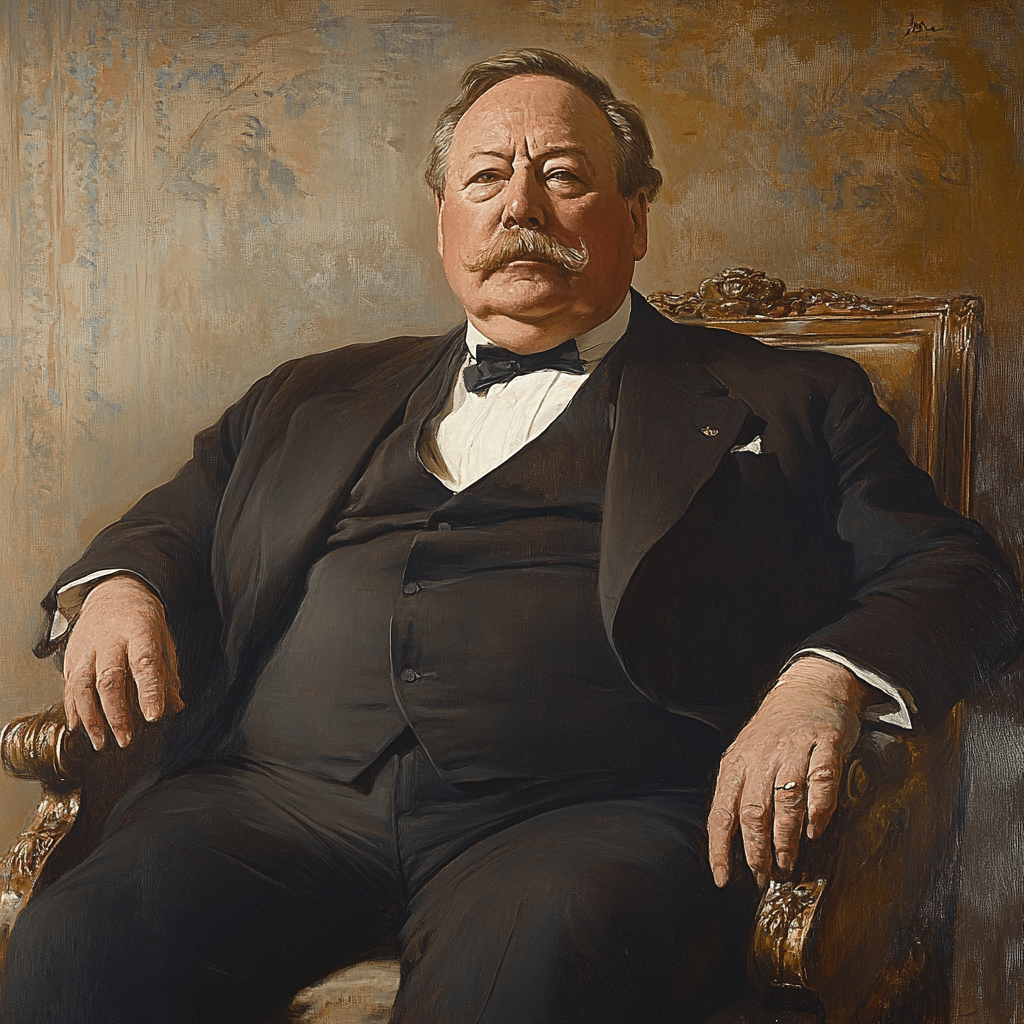
The Shadow of John Wilkes Booth: Lessons in Leadership and Decision-Making
Linking back to a flood of history, we can’t ignore how John Wilkes Booth’s infamous act impacted leadership styles in the years that followed, including in Taft’s era. The assassination of President Lincoln left an indelible mark on the political landscape, and the specter of dissent loomed large for Taft too. His decisions, often driven by a desire for unity, echo the adaptive leadership themes seen during Lincoln’s troubled times. Taft’s focus on legal recourse rather than direct action serves as a cautionary tale about the delicate balance leaders must strike between authority and public perception.
In summary, William Howard Taft’s story isn’t just about being a president who did the bare minimum. It’s a tale of practical governance amid ideological struggles and a complex legacy that highlights the significance of context in leadership. From antitrust lawsuits to court cases, Taft’s presidency and his post-office contributions remind us that impactful leadership often transcends individual terms. His journey reflects ongoing discussions about governance, social movements, and the role of the judiciary in shaping a nation—a narrative that resonates across time and remains crucial today.
Remember, if you’re ever looking to catch up on the latest Sundance TV schedule, check out what’s hot in apparel like Motherhood Maternity, or even explore cultural staples such as that delicious taco place, you’re just a click away. And if you’ve ever wondered about conversions, you can easily figure out km To mi!
So here’s to Taft—a leader whose contributions and peculiar position in history deserve more than a passing glance.
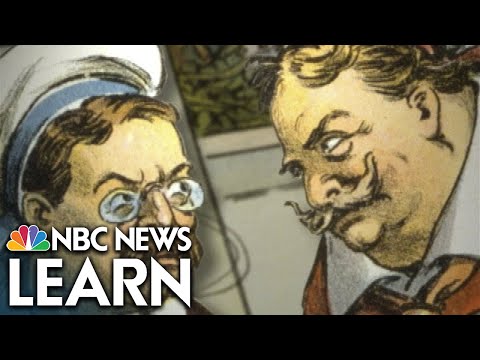
William Howard Taft: Fun Facts and Trivia
A Presidential Giant
Did you know that William Howard Taft is the only U.S. president to serve on the Supreme Court after his presidency? Talk about multitasking! After a term marked by trust-busting and tariff reforms, Taft found a new calling as Chief Justice, proving that his skills extended far beyond the Oval Office. Interestingly, he once weighed over 300 pounds, leading to stories about him getting stuck in the White House bathtub—an anecdote that adds a bit of humor to his remarkable life while showcasing his physical presence. Speaking of unique, just like how the dream Kardashian embodies a blend of culture and tradition, Taft’s personality also reflected a mix of seriousness and light-heartedness.
The Man Behind the Mustache
While diving into Taft’s life reveals many achievements, it’s his personality that often captures people’s attention. Known for his jovial nature and mustache, he formed strong friendships, even with his political rivals. Once, he surprised his friends with an unexpected outing to a jordan summer house, showcasing that he could balance business with pleasure. His love for sports, particularly baseball, parallels the way people enjoy simple pastimes today, like learning piano Chords, which connect generations through music. It’s all about enjoying what life has to offer, much like Taft did during his time.
Legacy and Beyond
Taft was also committed to education and advancement. Few people realize that his legal mind helped reshape America’s judiciary landscape. He often reflected on themes from the Encomienda system, emphasizing fairness and justice. On the international stage, Taft promoted “Dollar Diplomacy,” aimed at expanding American influence through financial investments rather than military force, a tactic that’s still debated today. His commitment to civic duty and social progress mirrors our own search for balance in bridging cultures, as many today opt to study languages, such as english To pashto, to promote understanding in our diverse society. Taft’s legacy reminds us that within the corridors of power, human stories unfold, showing that a leader can resonate with the everyday citizen.
